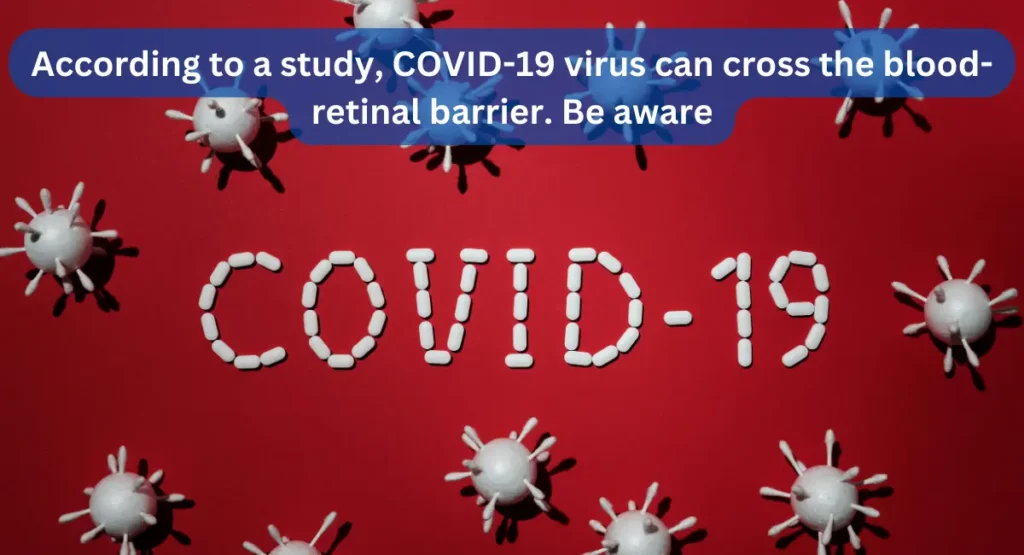The Monkeypox outbreak has been making headlines worldwide, with cases reported in over 70 countries. As the number of cases continues to rise, it’s essential to stay informed about this emerging disease. In this article, we’ll provide you with 10 key facts about Monkeypox, including its symptoms, transmission, prevention, and treatment.

What is Monkeypox?
Monkeypox is a viral disease caused by the Monkeypox virus. It’s a member of the Orthopoxvirus family, which includes smallpox and cowpox viruses. The virus is primarily found in Central and West Africa, where it’s a common disease among animals.
Symptoms and Transmission of monkeypox
The symptoms of Monkeypox include:
- Fever
- Headache
- Muscle aches
- Swollen lymph nodes
- Rash, which can be painful and crust over
Monkeypox is primarily spread through:
- Close contact with an infected person or animal
- Respiratory droplets
- Contaminated surfaces
Prevention and Treatment of Monkeypox
Prevention is key when it comes to Monkeypox. Here are some ways to reduce your risk of infection:
- Avoid close contact with people who are sick with Monkeypox
- Wear a mask when interacting with someone who is sick
- Wash your hands frequently with soap and water
- Avoid touching animals that may be infected
If you’re infected with Monkeypox, treatment is available. Antiviral medications and supportive care can help manage symptoms and prevent complications.
Global Response and Expert Analysis
The global response to the Monkeypox outbreak has been swift and decisive. The World Health Organization (WHO) has declared the outbreak a Public Health Emergency of International Concern (PHEIC), and the Centers for Disease Control and Prevention (CDC) has activated its Emergency Operations Center (EOC) to coordinate the response.
10 Key Facts About Monkeypox
- Monkeypox is not a new disease: Monkeypox has been identified in humans since 1970 and has been spreading in Africa for decades.
- Monkeypox is a zoonotic disease: The virus is primarily found in animals, but can be transmitted to humans through close contact.
- Monkeypox symptoms are treatable: Antiviral medications and supportive care can help manage symptoms and prevent complications.
- Monkeypox is not highly contagious: It requires close contact with an infected person or animal to spread.
- Monkeypox is spread through respiratory droplets: Inhaling the virus through respiratory droplets can lead to infection.
- Monkeypox is preventable: Avoiding close contact with people who are sick and wearing a mask can reduce the risk of infection.
- Monkeypox is a global health concern: The outbreak has been reported in over 70 countries, making it a global health concern.
- Monkeypox is a rare disease: In the US, for example, Monkeypox is a rare disease, with only a few cases reported annually.
- Monkeypox is not a pandemic: While the outbreak is widespread, it’s not yet at pandemic levels.
- Monkeypox is a wake-up call for global health preparedness: The outbreak highlights the importance of global health preparedness and the need for countries to work together to prevent and respond to emerging diseases.
Conclusion
The Monkeypox outbreak is a complex and multifaceted issue that requires a comprehensive response. By staying informed and up-to-date, we can better understand the risks and benefits of this emerging disease and take steps to prevent its spread. Remember, prevention is key, and taking simple precautions can reduce your risk of infection.
Also Read
- Outbreak Of Monkeypox: 7 Symptoms Of Monkeypox, Vaccination
- MPOX Outbreak: The Hidden Epidemic Threatening Humanity
- WHO Declares MPox Outbreak a Global Health Emergency Today
- The Rise Of Parvovirus|| Spreading Rapidly In The United States
- Surprising Discovery: Aging Accelerates in Boulders at 44 and 60, Not a Gradual Process
Sources:
- World Health Organization (WHO)
- Centers for Disease Control and Prevention (CDC)
- National Institute of Allergy and Infectious Diseases (NIAID)
- Centers for Disease Control and Prevention (CDC) – Monkeypox


